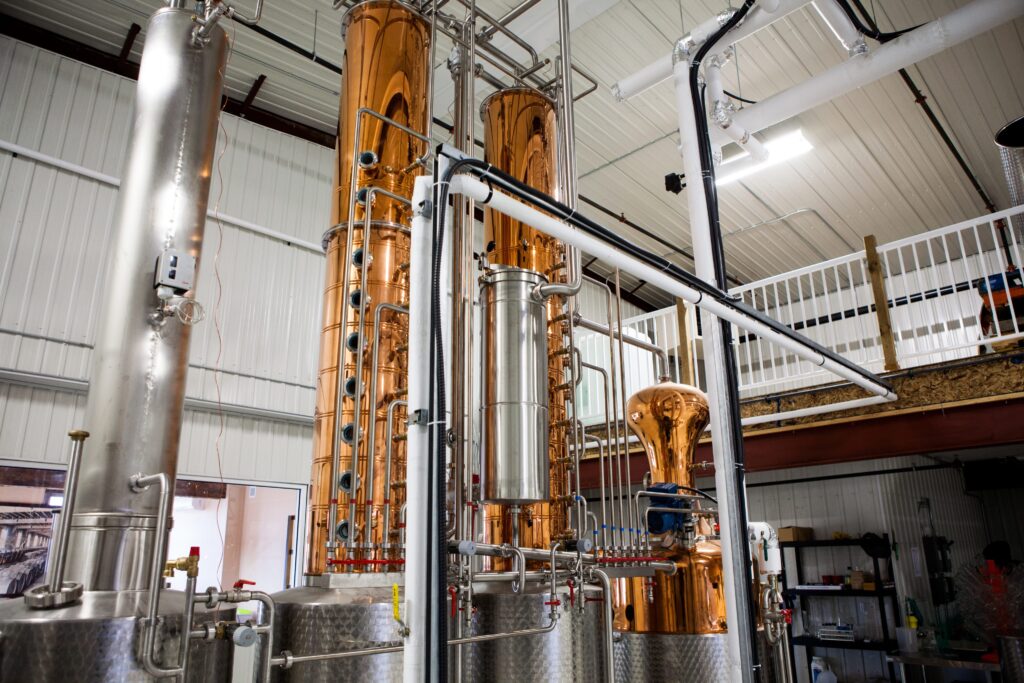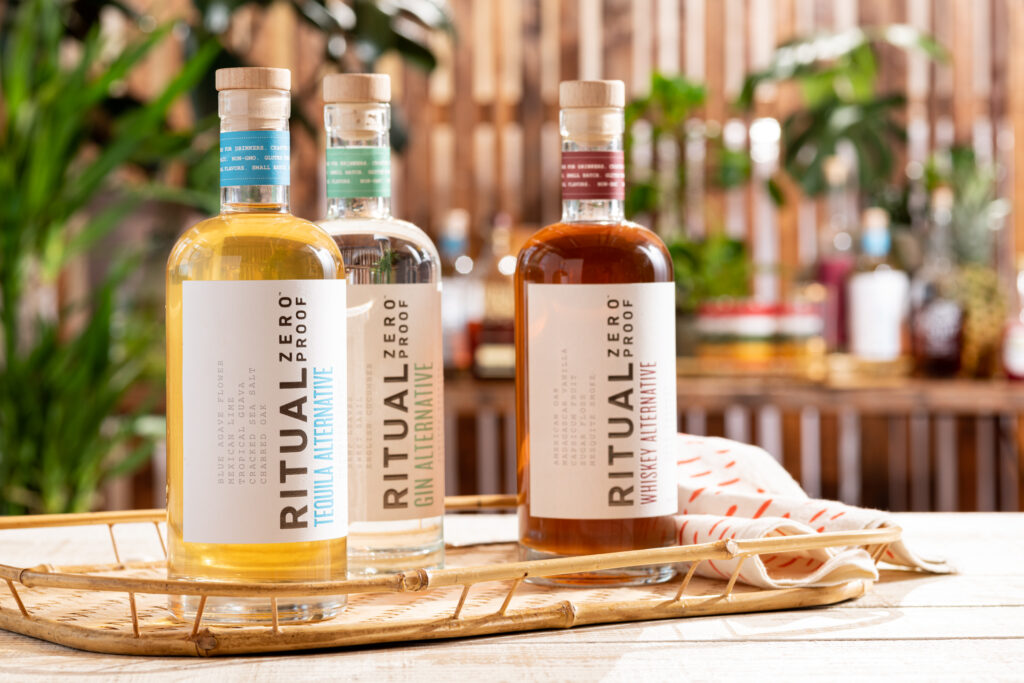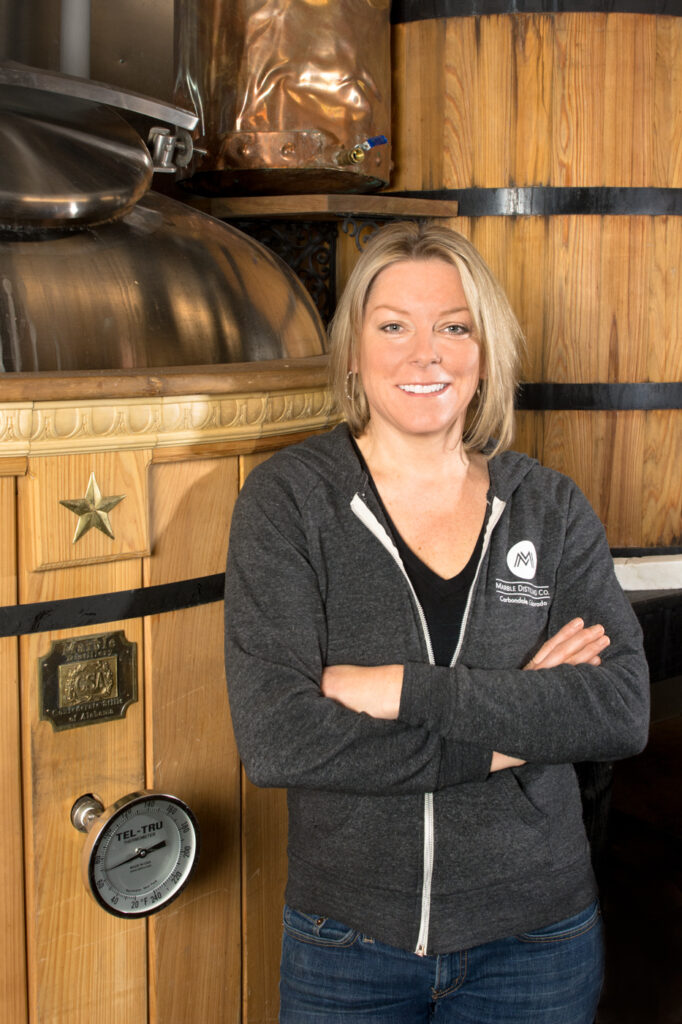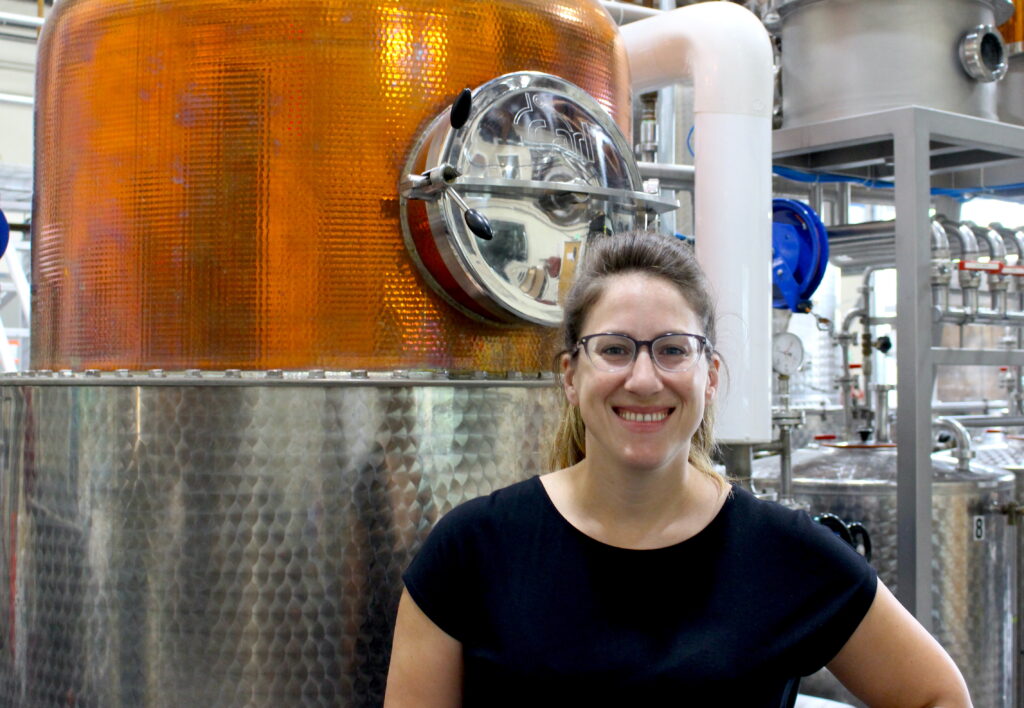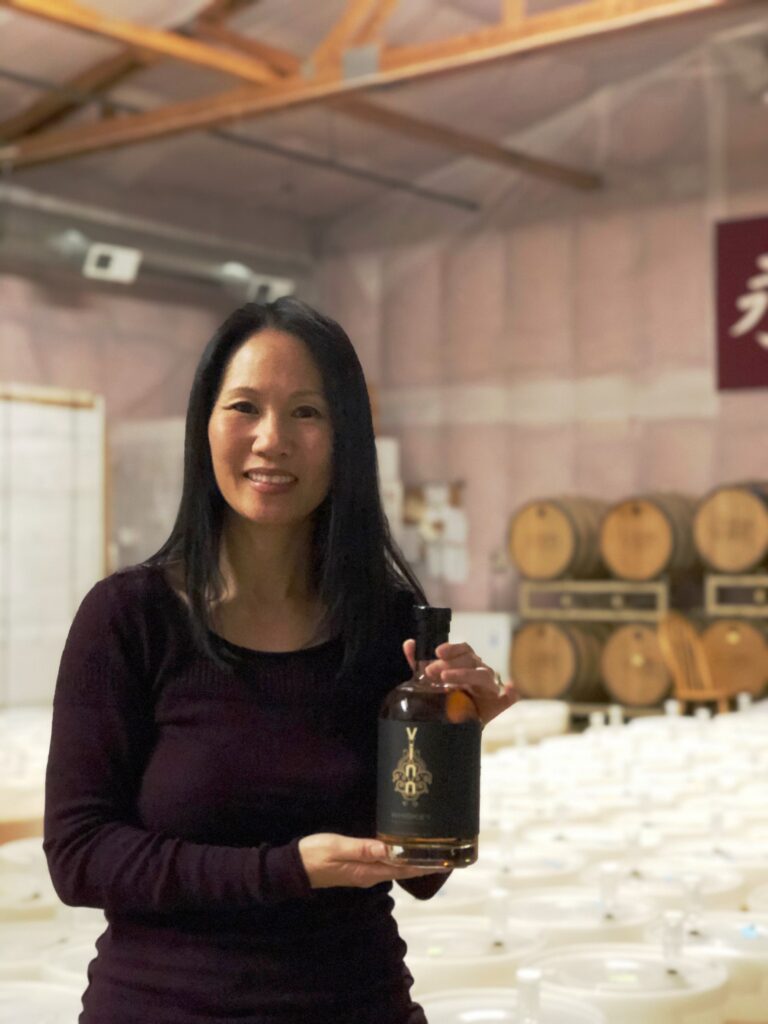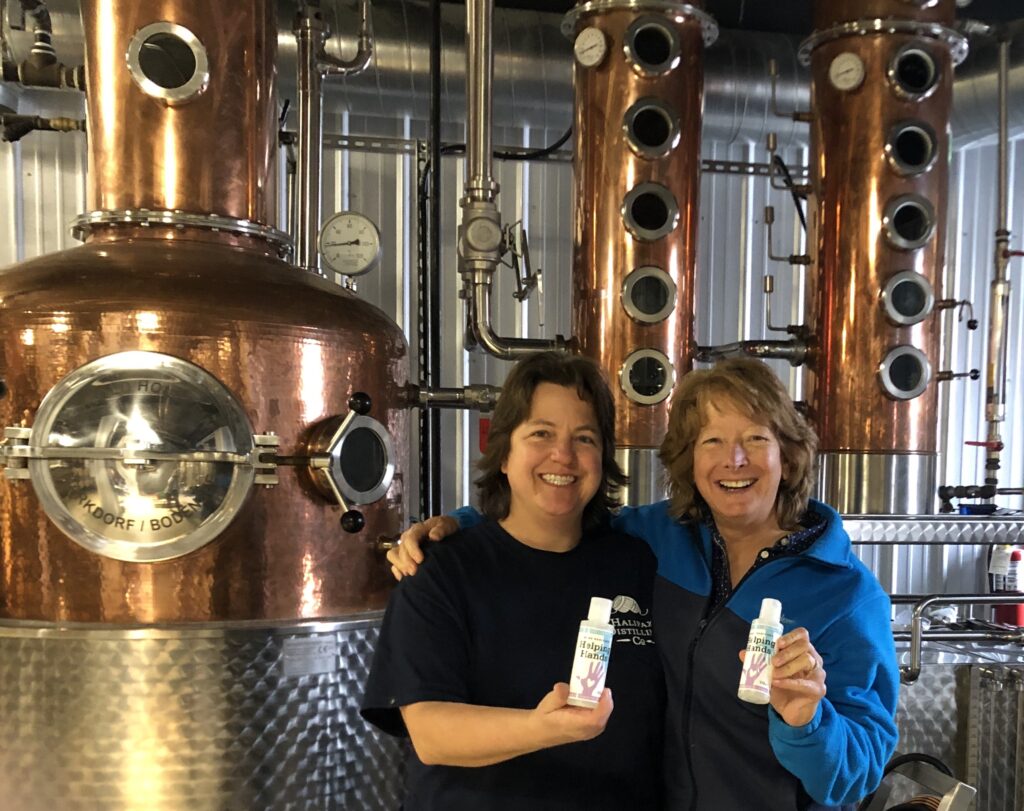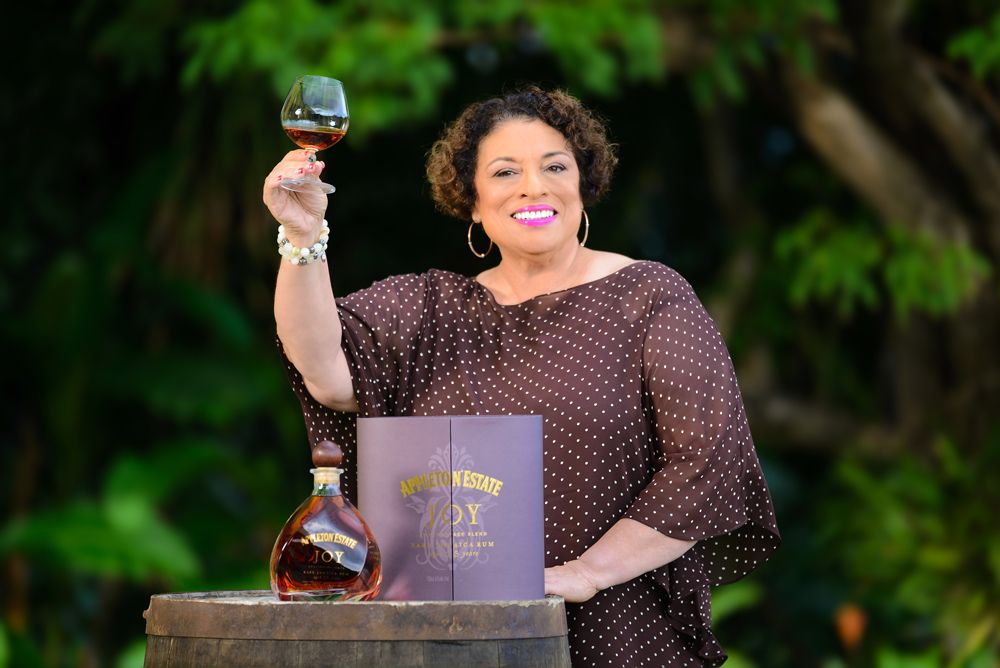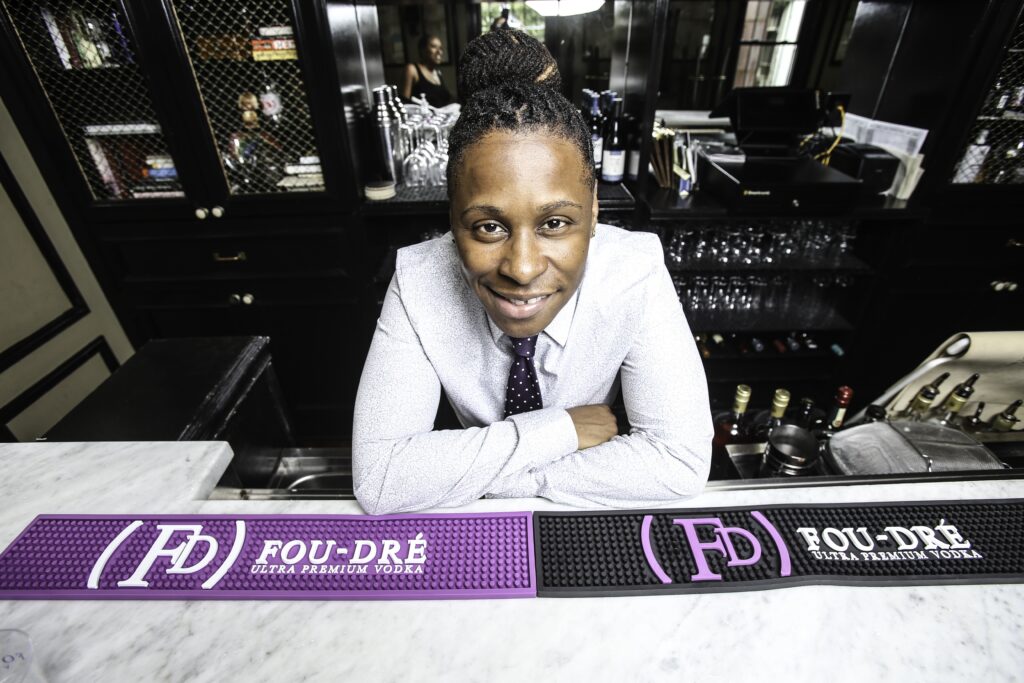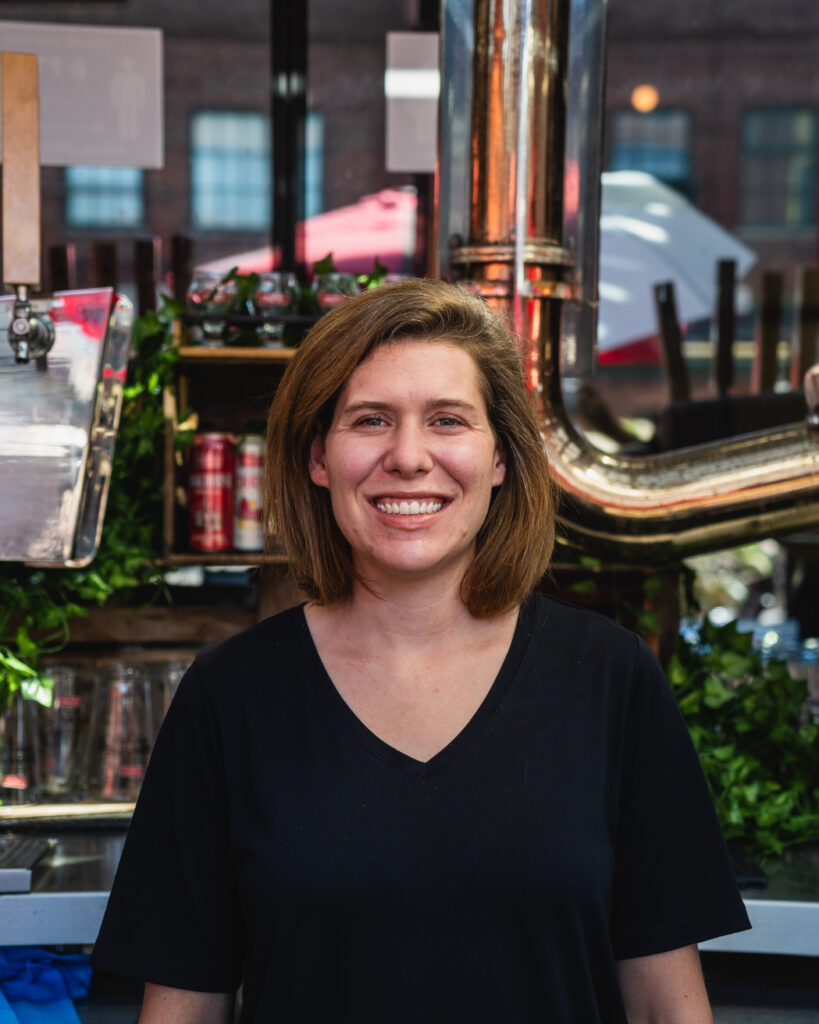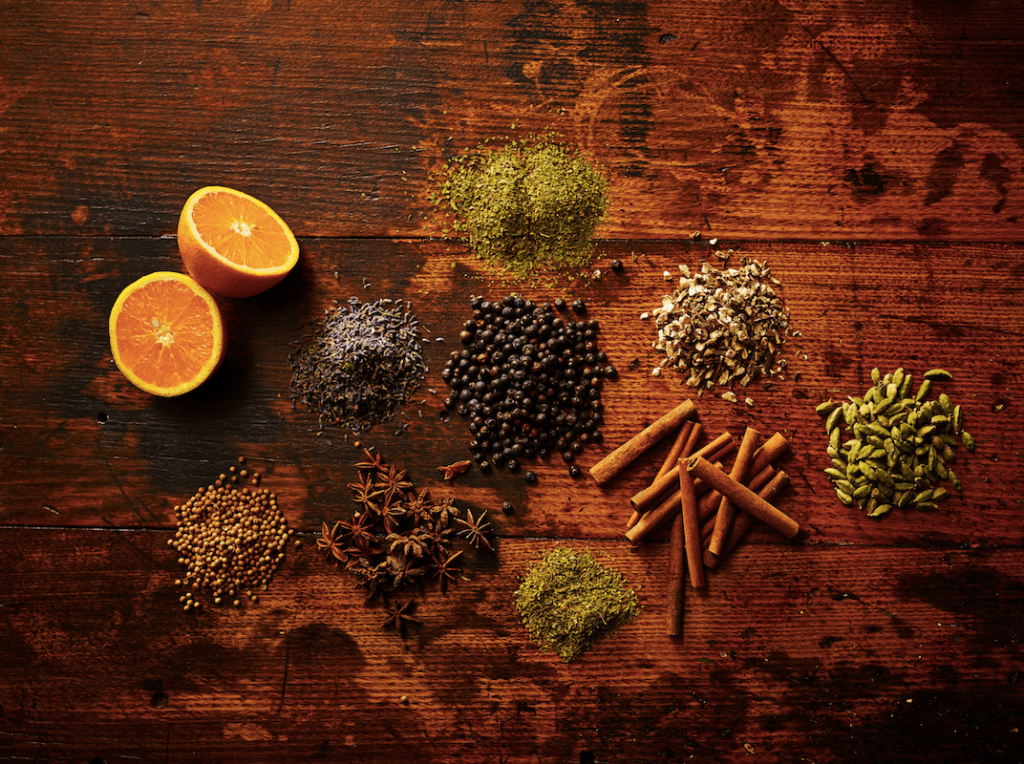
By: Alyssa Andres
In Canada, each province is governed under its own liquor laws. In the province of Ontario, there is a multitude of guidelines, fees and licenses required to successfully become a producer or supplier, many of which are not found in other provinces across the country. The restrictions, guidelines, and costs associated with the production, importation and sale of alcohol in the province impact the market for producers and consumers alike. By enforcing such strict laws, the Ontario government limits the province’s ability to showcase its top quality products and dissuades international suppliers and manufacturers from importing their goods from other regions.
Manufacturers in Ontario must prepare for substantial start-up costs and to spend a lot of time in the initial phases of business planning before starting production. Separate licenses are required before producing, selling and storing alcoholic beverages, and packaging guidelines, as well as chemical analysis of each product, are required once these licenses are obtained. For suppliers, it means facing mark-ups of well over 100% and tight restrictions on the import, distribution and sale of products. For consumers, it means selections tend to be limited, prices are higher than average and there are very few places to obtain alcoholic beverages.
The body controlling the alcohol, tobacco and cannabis industries is the Alcohol and Gaming Commission of Ontario. This body is responsible for forming the Liquor Control Act and administering liquor licenses beyond the federal license required to produce alcohol in Canada. The AGCO also oversees most aspects of alcohol sales and service in Ontario. This means they not only control the manufacturing of alcohol but also the distribution and sale of any kind, including bars, restaurants and private events.
The initial step in becoming a brewer, distiller or winemaker in Ontario is to obtain a federal license to manufacture alcohol in Canada. According to the Government of Canada website, one must prove that they are of legal age and have sufficient resources to conduct a business before applying for the license, which does not carry with it any fees on its own. This license allows producers to manufacture alcohol in bulk, but producers must pay an excise duty once the alcohol is packaged to store it on-site. In Canada, as of April 2020, spirits containing more than 7% alcohol by volume are subject to an excise duty of $12.61 per litre of absolute ethyl alcohol. The only way around paying an excise duty at the time of packaging is to apply for an excise warehouse license that allows manufacturers to store non-duty paid packaged spirits for an extended period.
Once a producer is licensed by the federal government to produce bulk alcohol, the AGCO requires a separate manufacturer’s license to sell the wine, beer or spirit within the province. The AGCO has strict guidelines surrounding where alcohol may be sold in the province. The Liquor Control Board of Ontario is the main outlet for alcohol sales in Ontario. There are 666 LCBO stores across Ontario responsible for providing the Ontario public with spirits, wine and beer in quantities of less than 12 units per case. A separate chain known as The Beer Store, also mandated by the AGCO, provides Ontarians with cases of beer. If a producer or supplier does not have this license, they will not be allowed to sell their product in the province.
In 2017, Ontario started allowing a limited number of grocery stores with proper licensing to carry beer and wine, but, according to the AGCO website, these premises must also sell a variety of food products that must occupy at least 10,000 square feet of the retail space. Therefore, only large chain grocery stores are eligible for these permits, and there are only about 450 grocery stores that carry alcohol in the province.
For breweries and distilleries to operate retail shops out of their own facilities, another license must be issued, even once producers have successfully obtained a manufacturer’s license. Yet another license is required to operate a “Tied House” or restaurant facility out of a brewery or distillery. Each of these licenses carries with it separate fees and must be renewed every two years. Since many Ontario breweries and distilleries are in remote towns across the province, the best way to get their product into the hands of the general public is to apply to have them on the shelves of the LCBO.
According to the LCBO, they review over 50,000 submissions annually from producers and suppliers trying to sell their products through this system. Even products already approved must reapply for the license every two years. Per the AGCO licensing guide, to be eligible to apply for a Liquor Sales License, producers must submit their federal license to manufacture, a registered business name, a summary of their business plan, including detailed floor plans of their facilities, a marketing plan and images of the bottle/packaging of the product. The roughly nine-week process of approving product submission ends with an LCBO chemical analysis. This LCBO analysis is done on every active product on the shelves once a year, at the suppliers’ expense, to ensure quality. Once approved, the product then has to go through label and packaging reviews.
The LCBO also has extremely specific requirements surrounding the labeling of not only the packaging of alcoholic beverages but also on shipping containers and cases. While many provinces follow general Canadian guidelines for packaging requirements, Ontario has developed its own set of rules. A 64-page document entitled LCBO Product Packaging Standards dictates not only what information is present on the bottle but also gives incredibly detailed guidelines on everything from the size and placement of this information to the “print contrast standard.” If a product doesn’t adhere to these standards, a producer must go back and have the label or shipping package redesigned.
Once the product makes it to Ontario liquor store shelves, the LCBO must adhere to the LCA standards for minimum pricing. This means, according to the LCBO Pricing Standards Guide, updated in April 2020, a 750mL bottle of Canadian whisky sold by a supplier to the LCBO for $6.16 and charged a federal excise duty of $3.71 ($12.61/LAA) would end up on retail shelves for $27.50 after being marked up a standard rate of 139.7%. Of that total revenue, $16.17 goes to the Ontario government and $4.92 to the Canadian federal government, with only $6.21 making it to the supplier after a $0.20 container deposit. Manufacturers must adhere to this uniform pricing even when selling from their own bottle shops, with most of the revenue going to government bodies.
These taxes and guidelines mean the selection and quality of products on the shelves at the LCBO are not always impressive. Many international producers will not bother applying at all. Many of the province’s most talented producers are too small and cannot afford to. As a result, the representation of Ontario beer, wine and spirits in the LCBO doesn’t always showcase the incredible quality of the local industry.
However, the Ontario government has made some changes to its liquor laws this past year to aid businesses in the food and beverage industry that have struggled with closures and other factors related to the COVID-19 pandemic. The government started allowing restaurants and bars to sell sealed alcoholic beverages for takeaway. They also amended a law prohibiting alcohol delivery to private residences, allowing third-party services such as Uber Eats to deliver liquor from restaurants without a special license. These laws, originally considered temporary, have become a permanent amendment to the Liquor Licence Act as they encourage consumers to support local sources when purchasing alcohol for their homes.
For a brief moment, on December 4, 2020, the LCBO attempted to offer this same delivery service from its stores by pairing with SkipTheDishes but was met with serious backlash from local restaurants who are now relying on alcohol takeout and delivery to pay their bills. As a result, on December 6, 2020, the LCBO paused this initiative.
As the COVID-19 pandemic rages on and the entire province of Ontario remains in lockdown until at least January 23, 2021, the Government of Ontario will have to continue making adjustments to its rules and restrictions to allow businesses in the province to continue to operate. The hospitality industry has been one of the hardest hit by pandemic restrictions, with most indoor dining in the province’s major cities suspended for most of the year. Those allowed to operate have been limited to 50% capacity and forced to close by 9:00 p.m. each night. This means the licensee sale of alcohol dramatically decreased in 2020. There are many businesses in Ontario that are depending on government subsidizing to stay in operation.
As the AGCO and the federal government continue to collect from the soaring sale of alcohol in Ontario, while manufacturers, suppliers and licensees in the liquor industry continue to suffer, the province’s small businesses rely on the provincial government’s aid. It is the hope that as the world evolves with the COVID-19 pandemic, so too will the laws surrounding liquor in the province of Ontario.
